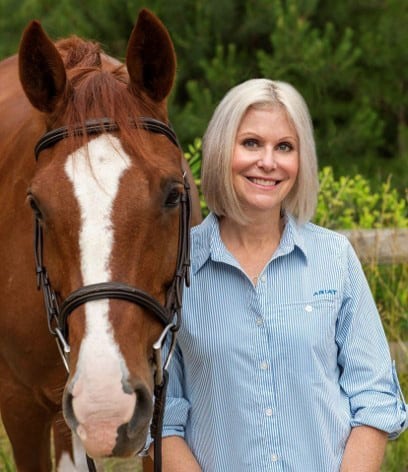Cost-Efficient Feeding
- Topics: Article, Grains, Pasture and Forages
We all know the importance of a well-balanced diet to our horses’ overall health; our veterinarians, farriers, feed store owners, and nutritionists drive that message home on a regular basis. However, how we reach that point of balance can vary greatly and can impact our pocketbooks significantly. In general, if we are willing to put in the extra little legwork, we (and our horses) might get significantly more out of our feed and, perhaps, even save some money in the process.
Assessing a horse’s diet accurately is a key part of that legwork. Using the National Research Council’s Nutrient Requirements of Horses (2007), you can estimate your horse’s energy, protein, calcium, and phosphorus requirements, among others, using information such as body weight, activity level, and physiologic status (in a period of growth, lactation, etc.).
Once you know your horse’s nutritional requirements, you can look at your available feedstuffs and determine how they contribute to meeting these requirements. In general, we feed our horses a blend of forages (hay or pasture), concentrates (grains and grain mixes, often commercially formulated mixed rations), and sometimes supplements. To balance a ration, start by looking at the nutrients the forages provide and add concentrates and supplements as needed to meet any deficiencies. Typically, forages are the least expensive part of the diet, while commercial concentrates and supplements are the priciest. Thus, if you can maximize the amount of forage you feed, which in fact meets many of your horse’s nutritional needs, you can potentially save money
Create a free account with TheHorse.com to view this content.
TheHorse.com is home to thousands of free articles about horse health care. In order to access some of our exclusive free content, you must be signed into TheHorse.com.
Start your free account today!
Already have an account?
and continue reading.

Written by:
Shannon Pratt-Phillips, MSc, PhD
Related Articles
Stay on top of the most recent Horse Health news with












